Because real skin progress takes time, care, and consistency.
Embrace the Journey — Fading Stretch Marks the Smart Way
Stretch marks are part of nearly everyone’s skin story. Whether from pregnancy, growth, weight change, or simply life, they can leave behind faint red or silvery lines that tell a story of growth — literally.
The good news? While stretch marks never disappear completely, they can fade dramatically with the right science-backed care and patience.
Dermatologists agree that with consistent hydration, collagen support, and targeted ingredients, visible improvement can begin in as little as 90 days (Elsaie et al., 2019).
Your skin renews itself roughly every 28 days — so three full cycles (90 days) gives your skin the time it needs to truly transform.
Let’s walk through what to expect — and what to do — week by week.
Weeks 1–4: Boost Hydration and Kickstart Repair
What’s Happening:
During the first month, your skin begins to rehydrate and rebalance. Fresh stretch marks (pink or reddish in tone) are still in the inflammatory stage, so soothing and nourishing the skin barrier is key.
What to Do:
-
Apply Rejûvaskin Stretch Mark Cream twice daily — morning and evening.
This advanced formula uses peptides, cocoa butter, and skin-firming botanicals to deeply hydrate and promote collagen production. -
Massage gently for 1–2 minutes. Massage increases blood flow, encouraging repair where stretch marks form.
-
Stay consistent. Hydrated skin is more elastic, allowing damaged collagen fibers to rebuild.
What to Expect:
-
Skin feels smoother, softer, and less tight.
-
Stretch marks begin to look less inflamed and more even in color.
-
You’ll notice improved suppleness and hydration within the first few weeks.
Tip: Drink plenty of water and pair your cream with a gentle body cleanser — dryness slows down visible improvement.
Weeks 5–8: Strengthen Collagen and Improve Texture
What’s Happening:
By the second month, your skin is transitioning into the remodeling phase. Collagen and elastin production increase, helping rebuild the damaged dermal network that causes stretch marks.
What to Do:
-
Continue applying Rejûvaskin Stretch Mark Cream twice daily.
The formula’s regu-stretch complex helps restore elasticity and smoothness. -
Add gentle dry brushing or exfoliation 2–3 times a week to remove dead cells and enhance absorption.
-
Maintain a balanced diet rich in vitamins C and E — both essential for collagen synthesis.
What to Expect:
-
The appearance of stretch marks begins to soften.
-
Skin feels firmer and more resilient.
-
Red or purple tones start transitioning toward light pink or pearly white — a sign of healing.
Science shows that consistent topical care can significantly improve the depth and color of stretch marks in 8–12 weeks (Elsaie et al., 2019; Ud-Din & Bayat, 2017).
Weeks 9–12: Refine, Brighten, and Maintain Results
What’s Happening:
During the final month, your skin enters its maturation phase. Collagen remodeling continues, but improvements now focus on tone, brightness, and texture refinement.
What to Do:
-
Keep applying Rejûvaskin Stretch Mark Cream twice daily.
Use slow, circular motions to enhance absorption. -
Add a rich body moisturizer like Rejûvaskin Body Cream on non-stretch-mark areas to support full-body elasticity and hydration.
-
Protect your results — apply SPF when areas are exposed to sunlight; UV rays can darken healing skin.
What to Expect:
-
Noticeably faded marks — shallower, lighter, and smoother.
-
Skin looks healthier and more even in tone.
-
Confidence returns as you see steady progress from your consistent care routine.
In clinical studies, consistent daily application of topical products targeting collagen and hydration over 12 weeks led to visible improvement in both the color and texture of stretch marks (Elsaie et al., 2019).
Setting Realistic Expectations
Every person’s skin is unique. Genetics, skin tone, age, and the age of your stretch marks all influence results.
Fresh stretch marks typically fade faster than older, silvery ones. For older marks, longer-term use (beyond 90 days) or professional treatments (microneedling, fractional laser, etc.) may further enhance improvement (Ud-Din & Bayat, 2017).
Consistency, not perfection, is what transforms your skin.
Why Choose Rejûvaskin
At Rejûvaskin, we believe in science-based skincare that’s safe, effective, and kind to skin.
-
Sensitive-skin friendly: Fragrance-free, paraben-free, and safe during pregnancy.
-
Clinically developed: Formulated with peptides, antioxidants, and natural botanicals.
-
Dermatologist-trusted: Supports skin recovery, firmness, and hydration at every stage of life.
Try the Rejûvaskin Stretch Mark Cream today and start your own 90-day transformation.
Fading stretch marks is a journey — but one you can absolutely see results from with time, consistency, and care.
By following this simple 90-day plan and using clinically proven formulas like Rejûvaskin Stretch Mark Cream, you’re not just improving your skin — you’re rebuilding confidence, one day at a time.
Because healthy, nourished skin never goes out of style.
Works Cited
Elsaie, M. L., et al. (2019). Topical treatments for striae distensae (stretch marks): Evidence-based review. Journal of Cosmetic Dermatology, 18(5), 1245-1252. (link)
Ud-Din, S., & Bayat, A. (2017). New insights on striae distensae: Pathogenesis and treatment. Journal of the European Academy of Dermatology and Venereology, 31(6), 897-905. (link)
Korgavkar, K., & Wollina, U. (2013). Stretch marks: A review of management and treatment options. Dermatologic Therapy, 26(6), 485-489. (link)
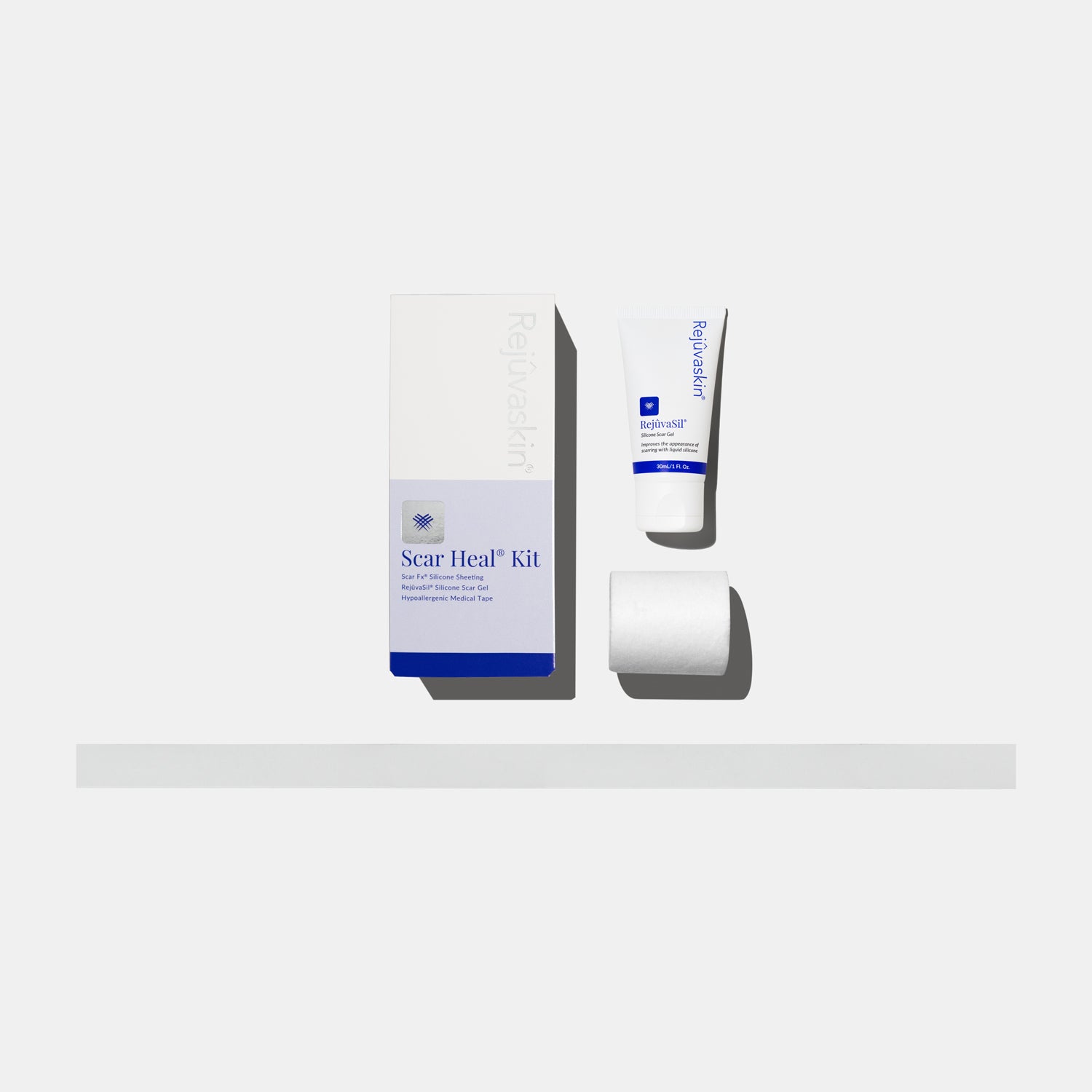


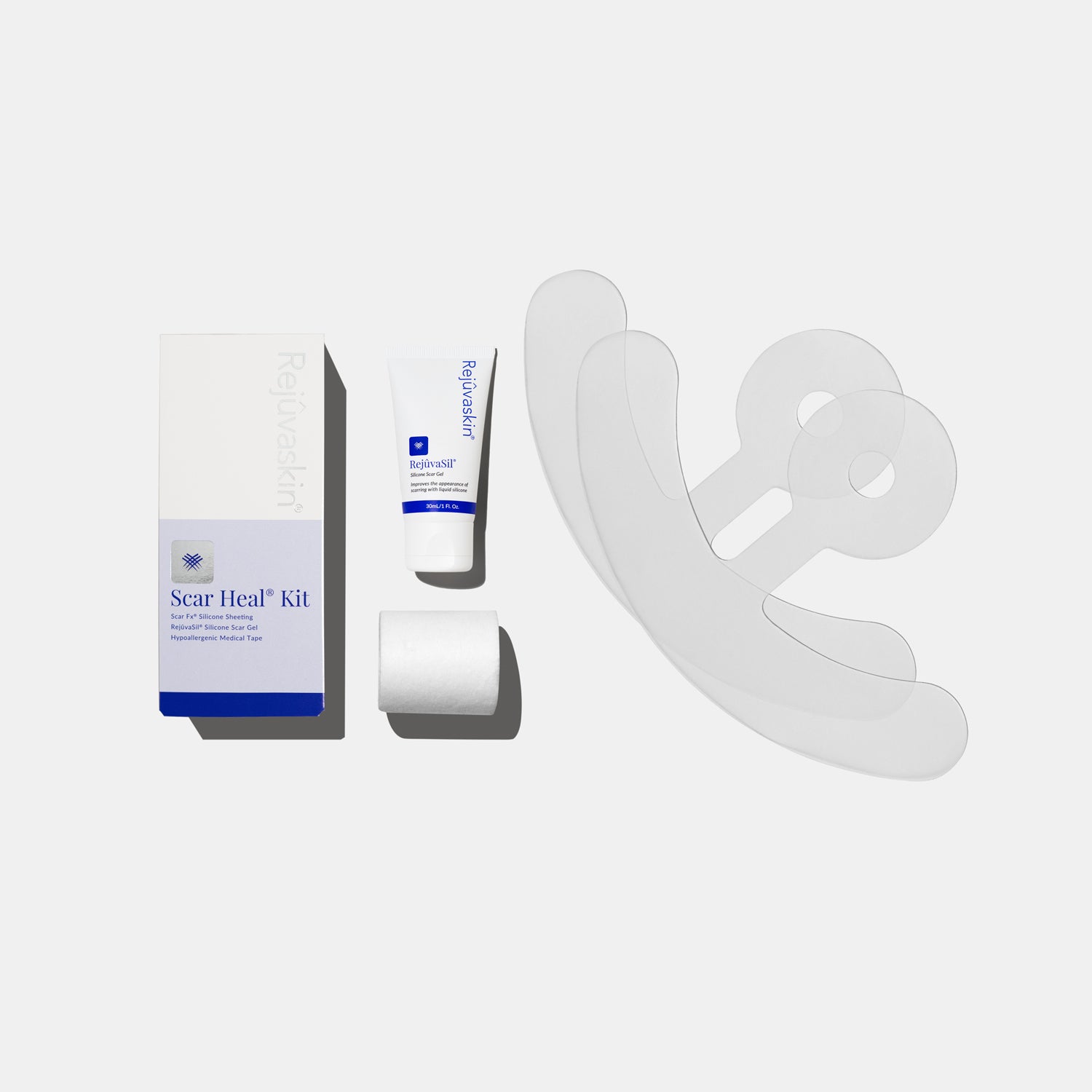
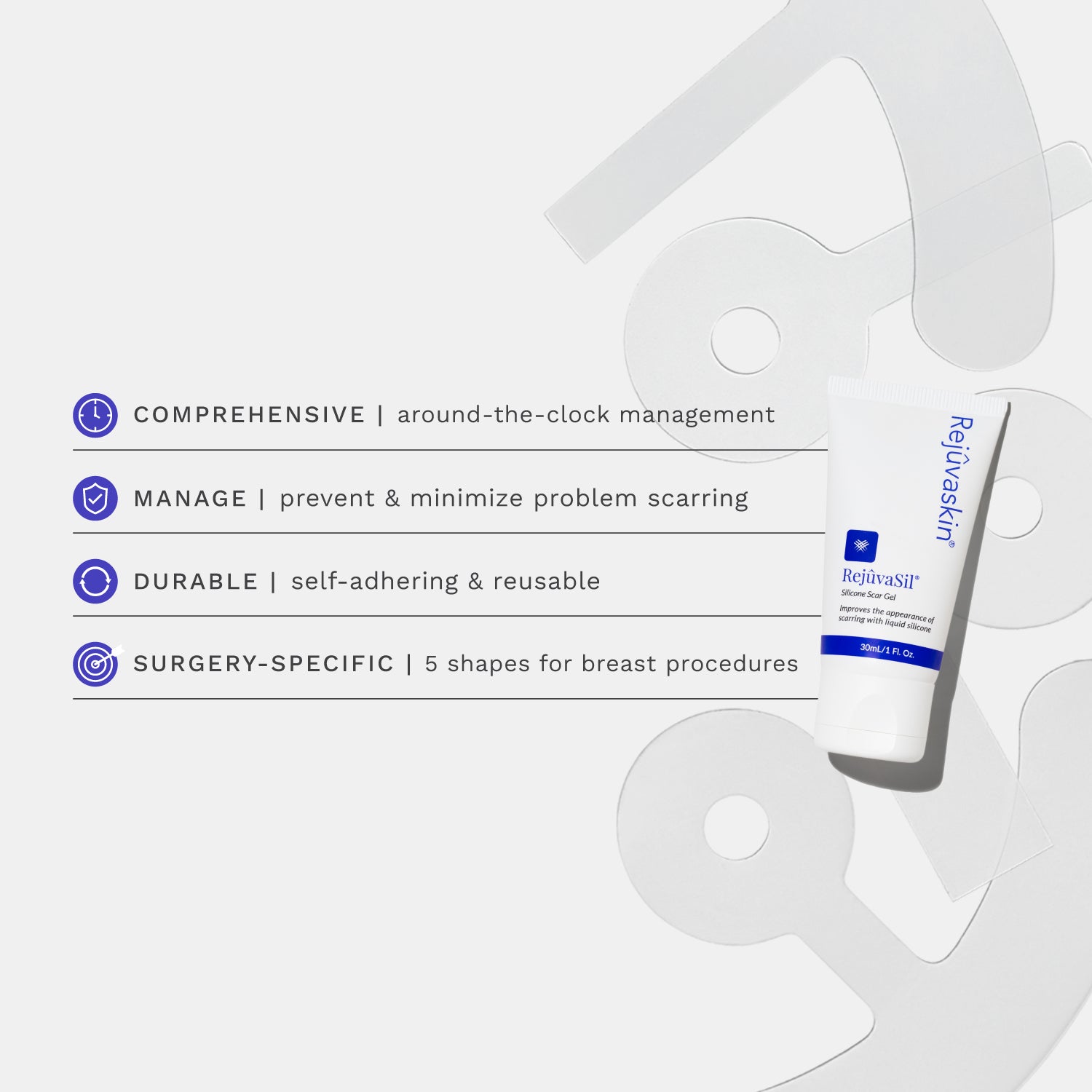
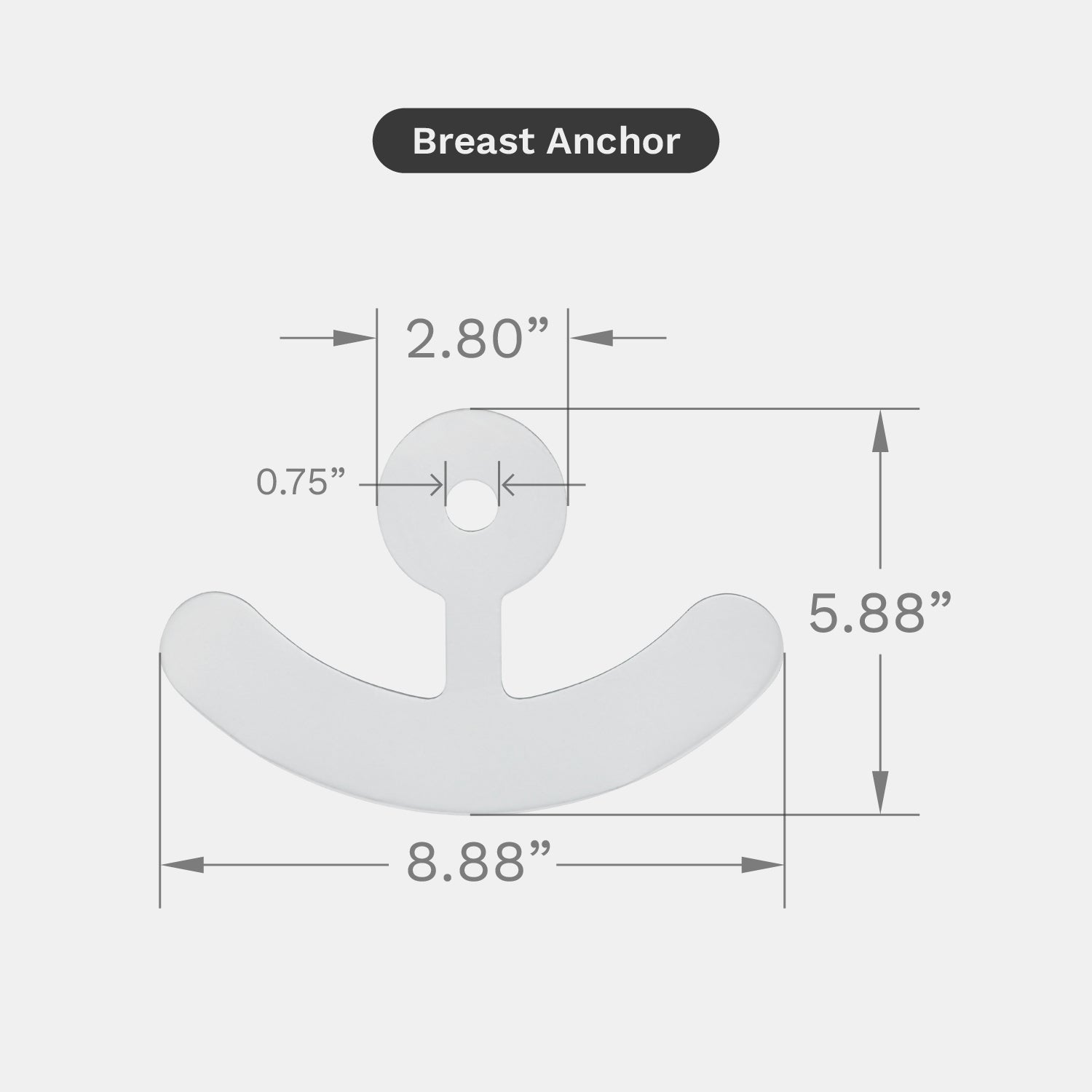
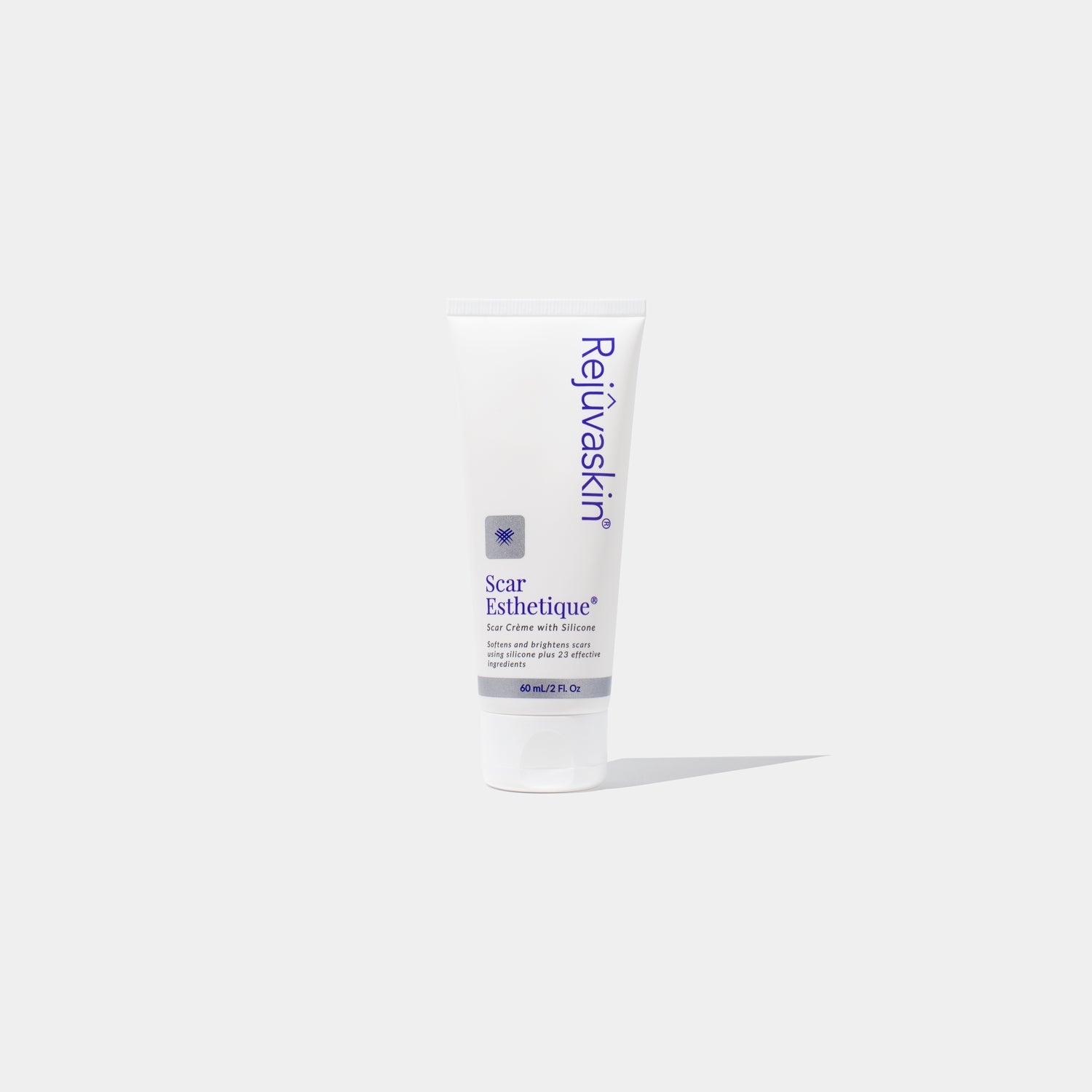
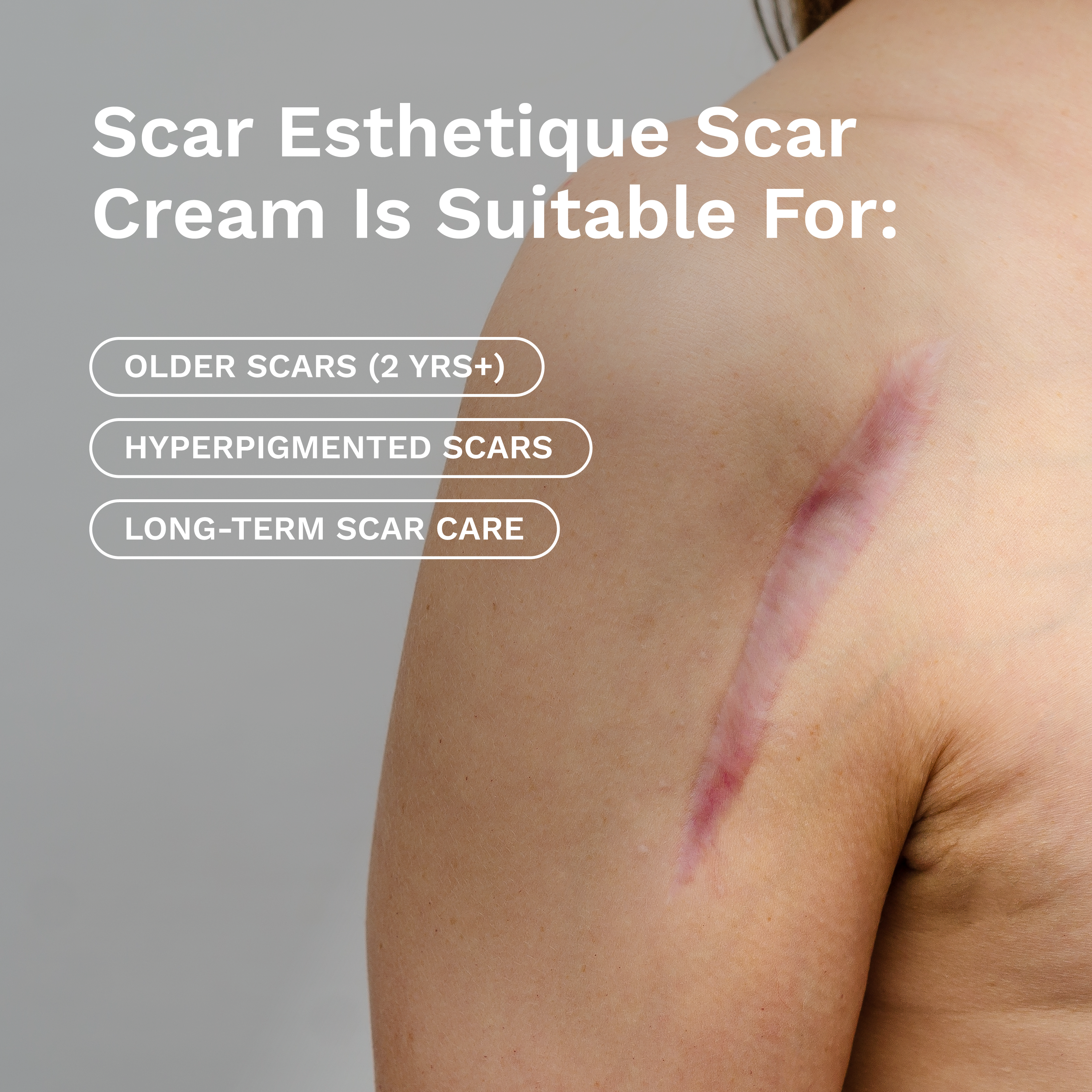








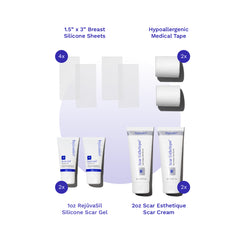
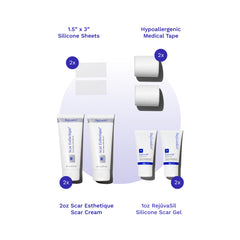

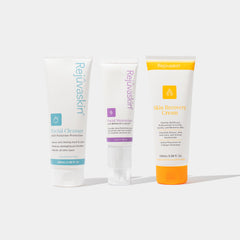

Leave a comment